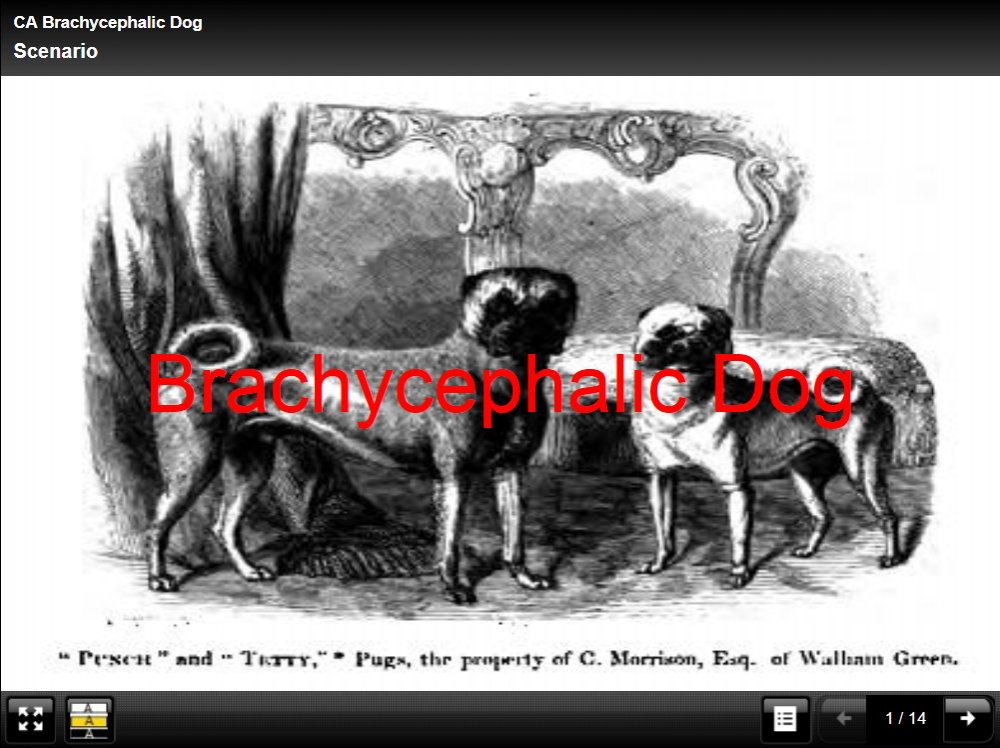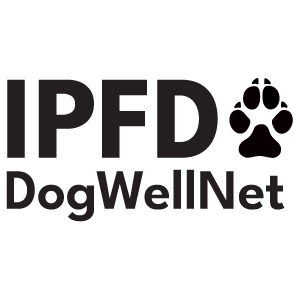 One Welfare is a collaborative effort of veterinary schools in Australia and New Zealand to engage the veterinary community in animal welfare discourse. Using a scenario-based teaching module, One Welfare introduces different ways of thinking about welfare and investigates how personal bias impacts these dialogues.
One Welfare is a collaborative effort of veterinary schools in Australia and New Zealand to engage the veterinary community in animal welfare discourse. Using a scenario-based teaching module, One Welfare introduces different ways of thinking about welfare and investigates how personal bias impacts these dialogues.
There is much to ponder when considering breeding dog ethical questions including:
-
There is always another perspective to hear and side to discuss related to welfare and ethics.
-
Although there is a middle ground, those with the loudest voice and most extreme views appear to influence the breeding dog debate.
-
Veterinarians seem to be under-represented in this public forum.
One resource that addresses these issues and complexities is One Welfare, a collaborative effort of veterinary schools in Australia and New Zealand to engage the veterinary community in animal welfare discourse. Using a scenario-based teaching module, One Welfare introduces different ways of thinking about welfare and investigates how personal bias impacts these dialogues.
 For hundreds of years, humans bred dogs leading to a great diversity of breeds that serve many functions, including service to the blind, military, hunting, and companionship. When breeding practices fall short of what in the best interest of the animal, there are deleterious consequences — including quality of life concerns, lack of suitability of dogs to serve in expected roles, and veterinary challenges in treating these patients.
For hundreds of years, humans bred dogs leading to a great diversity of breeds that serve many functions, including service to the blind, military, hunting, and companionship. When breeding practices fall short of what in the best interest of the animal, there are deleterious consequences — including quality of life concerns, lack of suitability of dogs to serve in expected roles, and veterinary challenges in treating these patients.
One Welfare's Brachycephalic Dog Scenario highlights some of the health challenges associated with breeding brachycephalic dogs. It portrays a situation that veterinarians in small animal practice face — advising a client on surgical correction of anatomic abnormalities of brachycephalic breeds — elongated soft palate, stenotic nares, a hypoplastic trachea, and everted laryngeal saccules.
For veterinarians caring for brachycephalic patients, what is their responsibility to their patient and client? Some may say it is to reduce the suffering, enhance the well-being, and correct the debilitating clinical signs associated with brachycephalic syndrome. Others may think more should be done to educate the public that beyond the cute appearance there are detrimental side effects — anatomic features impact some dog's ability to breathe.
More questions to ponder are:
-
Should spay and neuter be recommended or required at time of surgery to prevent further breeding?
-
Should there be a database identifying animals that have had surgical correction to prevent propagation?
-
Who is responsible for funding, accuracy, and management of the site (ie. veterinarians, breeders, or kennel clubs)?
For more information on the brachycephalic issue, see the IPFD Brachycephalic section.
To add to the complexity, the veterinary community is not united on these questions. According to VCA Animal Hospitals , which owns over 700 U.S. veterinary hospitals, dogs needing surgical repair or that have advanced respiratory disease should not be bred. However, the American College of Veterinary Surgeons doesn't make breeding recommendations and states that the affected dogs are bred for this conformation with unintended health consequences. Leipzig University in Germany, home to renowned expert on corrective surgeries, Dr. Gerhard Oechtering, states that German law forbids breeding of these dogs due to welfare concerns. The degree to which the law is enforced, however, is unclear. Further answers to many brachycephalic questions can be found on the Leipzig University page. (Dated link: see: https://web.archive.org/web/20161125003936/http://kleintierklinik.uni-leipzig.de/cms/en/abteilungen/E/brachyzephalie/faq)
All of the tools presented in this article are starting points to direct conversations on the complexities of breeding dog ethical questions. A continued discussion is warranted to integrate the different stakeholders in the breeding dog debate.
Below are additional external reading materials.
Bartels, A., Martin, V., Bidoli, E., Steigmeier-Raith, S., Brühschwein, A., Reese, S., Köstlin, R., & Erhard, M. (2015). Brachycephalic problems of pugs relevant to animal welfare. Animal Welfare, 24, 327-333. Retrieved from https://www.researchgate.net/publication/280602907_Brachycephalic_problems_of_pugs_relevant_to_animal_welfare
McGreevy, P.D. & Nicholas, F.W. (1999). Some practical solutions to welfare problems in dog breeding. Animal Welfare, 8, 329-341. Retrieved from http://sydney.edu.au/vetscience/research/disorders/documents/solutiondogbreeding.pdf (Dated link: see: https://web.archive.org/web/20180409013930/http://sydney.edu.au/vetscience/research/disorders/documents/solutiondogbreeding.pdf)
Bir, C., Croney, C., & Olynk Widmar, N. (2016). Public Perception of Dog Welfare, Sourcing, and Breeding Regulation. Center for Animal Welfare Science at Purdue University. Retrieved from http://vet.purdue.edu/CAWS/files/documents/20160602-public-perceptions-of-dog-welfare-sourcing-and-breeding-regulation.pdf
Article provided by Kelly Arthur, one of our DogWellNet Veterinary Student content partners 
 One Welfare is a collaborative effort of veterinary schools in Australia and New Zealand to engage the veterinary community in animal welfare discourse. Using a scenario-based teaching module, One Welfare introduces different ways of thinking about welfare and investigates how personal bias impacts these dialogues.
One Welfare is a collaborative effort of veterinary schools in Australia and New Zealand to engage the veterinary community in animal welfare discourse. Using a scenario-based teaching module, One Welfare introduces different ways of thinking about welfare and investigates how personal bias impacts these dialogues.
 Donate
Donate


Recommended Comments
There are no comments to display.
Join the conversation
You can post now and register later. If you have an account, sign in now to post with your account.
Note: Your post will require moderator approval before it will be visible.